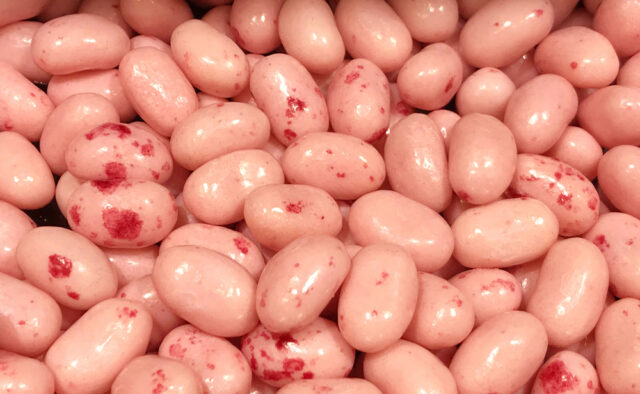
Recently, a sharp and forward-thinking client forwarded me an article referencing findings published in The Journal of Consumer Research, along with the following question: “We do a lot of research to make our products more likable—but what else do we need to do to make them more consumable?”
Inherent in this question is the understanding that likeability does not fully translate into consumability. While we are, of course, more likely to consume products and services that we really like over those that we really dislike, the relationships between what we like and what we consume can get complicated.
Let’s say you are deciding among audio entertainment options. What you choose to consume may be influenced by…
…your budget (e.g., You want to save money by going with an ad-supported option over one that requires a paid subscription.)
…your schedule (e.g., You have an hour-long drive and choose a podcast episode that fits this length.)
…your immediate need (e.g., You want to get caught up on the latest news, as you start your day.)
…your environment (e.g., You want background music that won’t distract you from a project you’re trying to focus on.)
…your mood (e.g., You’re looking for a good laugh.)
Now, let me tell you a little about the research findings I alluded to earlier, which you can learn more about here. Rather than dig into the rather obvious relationship between liking and consumption that exists when there are large differences in liking, the researchers were curious about small differences in liking (e.g., cotton candy-flavored jellybeans vs. cherry-flavored jellybeans, top-tier comics vs. medium-tier comics, high-end lip balm vs. regular lip-balm).
Over a series of studies, the researchers first found that participants predicted that they would consume the more-preferred products significantly more than they would consume the less-preferred products. But when the researchers then distributed either the more-preferred product or the less-preferred product—not both—they found that there was not a large difference in consumption between the two. For example, participants who were only given their less-preferred jellybean flavor consumed nearly as many as participants who were only given their more-preferred jellybean flavor. The researchers concluded, “People routinely overestimate the impact of (small) differences in liking on how much they consume.”

Participants who were only given their less-preferred jellybean flavor consumed nearly as many as those who only given their more-preferred flavor. (Credit: Anita van den Broek/Shutterstock)
How might we extrapolate these findings to the world of audio entertainment?
Someone looking for a True Crime podcast might be satisfied by a “pretty good” option, if a “very good” option is not available.
Someone looking for a Classic Rock radio station might be satisfied by a “pretty good” option, if a “very good” option is not available.
Someone looking for a Hip Hop playlist might be satisfied by a “pretty good” option, if a “very good” option is not available.
Thus, it’s not enough for a brand to be a little more likeable than its competitor. The battle for consumption may come down to which…
…has better distribution (e.g., a podcast that is prominently featured in a player app, a radio station with a pre-set position)
…has a stronger position in the minds of the target audience (e.g., higher awareness, more well-developed perceptions)
…is more ingrained in habits (e.g., “the one I’ve always listened to”)
When a “very good” brand is not forefront with the target audience, a “pretty good” brand may be good enough.

Easy to mind, easy to find.
“As Ehrenberg and Sharp have shown, the single most important factor driving brand preference is ‘mental availability’: how well known a brand is, and how easily it comes to mind. Brands with low mental availability tend to struggle, rejected in favour of more familiar rivals. Or not considered in the first place. Brands with high mental availability don’t have to push so hard to sell, so tend to have higher market shares and better margins.”
Les Binet and Sarah Carter: Ltd, APG. “How not to Plan: 66 ways to screw it up”